The White House is moving forward with plans for a new ballroom on the South Grounds, a project the Trump administration has priced at roughly $250 million, according to reporting by PBS NewsHour. While the concept aims to create a permanent venue for large-scale official events, the proposal touches off a complex web of historic preservation, security, funding, and federal review that governs any alteration to the nation’s most recognizable residence. Here are nine things to know.
1) What’s being proposed — a permanent, large-capacity venue: The concept envisions a dedicated ballroom designed to handle state dinners, diplomatic receptions, and other official functions that currently rely on the East Room or temporary tents on the South Lawn. A fixed venue could reduce the logistical and security burdens of frequent temporary structures.
2) The price tag — about $300 million: The estimated cost places the ballroom among the most expensive single-venue projects ever contemplated on the White House grounds. The figure covers design, construction, security hardening, and the specialized systems required for high-profile events.
3) Location and footprint — the South Grounds are the likely setting: While final siting and design details have not been publicly released, the South Grounds offer the space and access needed for large events and service operations. Any placement would be shaped by security sightlines, emergency egress, and the need to preserve historic vistas.
4) Who’s in charge — multiple federal stewards: The White House complex sits within President’s Park and is overseen by the National Park Service. Design review typically involves the U.S. Commission of Fine Arts and the National Capital Planning Commission, with consultation under the National Historic Preservation Act. The U.S. Secret Service is a key stakeholder on security.
5) The legal and review path — preservation and environmental laws apply: As a National Historic Landmark, the White House grounds trigger Section 106 historic review, and major projects generally undergo environmental review under the National Environmental Policy Act. These processes evaluate impacts on historic fabric, viewsheds, and the surrounding parkland, and solicit input from preservation bodies.
6) Funding — open questions and guardrails: Large projects on federal property raise questions about appropriations, gift acceptance, and sponsorship. Even if private donations are contemplated, federal agencies must vet and accept funds and ensure no donor benefits compromise ethics rules or the integrity of the site. Congress ultimately controls federal spending, and oversight committees may scrutinize the financing plan.
7) Timeline — multi-year at minimum: Beyond design and engineering, sequential reviews by CFA, NCPC, and preservation authorities, plus security integration and procurement, typically push such a project into years rather than months. Construction windows must also minimize disruption to White House operations and events.
8) Precedent — presidents have altered the complex before: Significant changes include the Truman-era structural reconstruction, additions to the West and East Wings over decades, the renewal of the Situation Room, and the 2020 completion of a tennis pavilion on the South Grounds. Each project navigated the same stewardship framework.
9) Why now — function, security, and optics: A purpose-built ballroom could streamline ceremonies and lessen the frequent build-out of tents, which can be costly, weather-dependent, and disruptive. Supporters emphasize durability and security. Critics point to the price tag, donor influence, and the symbolism of a major expansion at a time of broader fiscal debates.
Bottom line: A White House ballroom would be a lasting architectural and political statement. The idea promises operational advantages for statecraft, but it also faces a rigorous, public review process and scrutiny over costs, funding sources, and the preservation of one of the country’s most protected historic places.

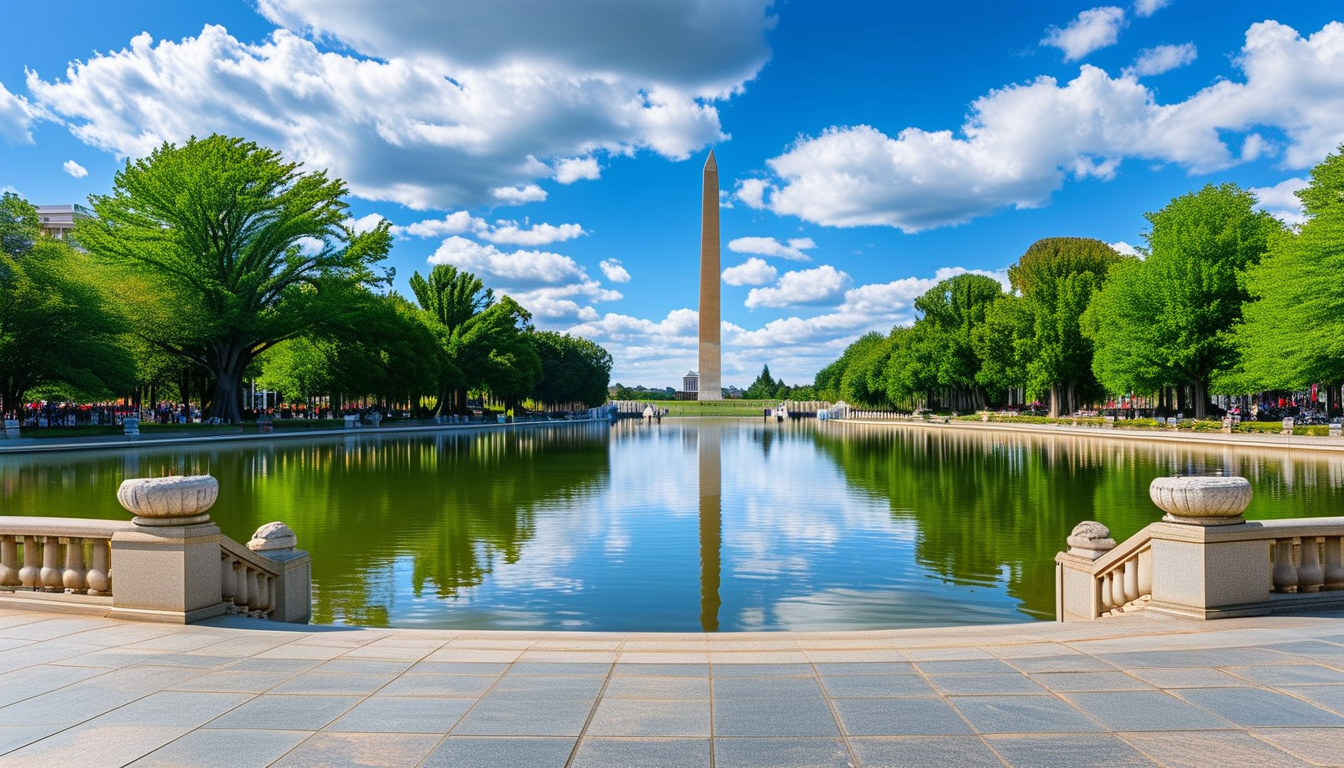


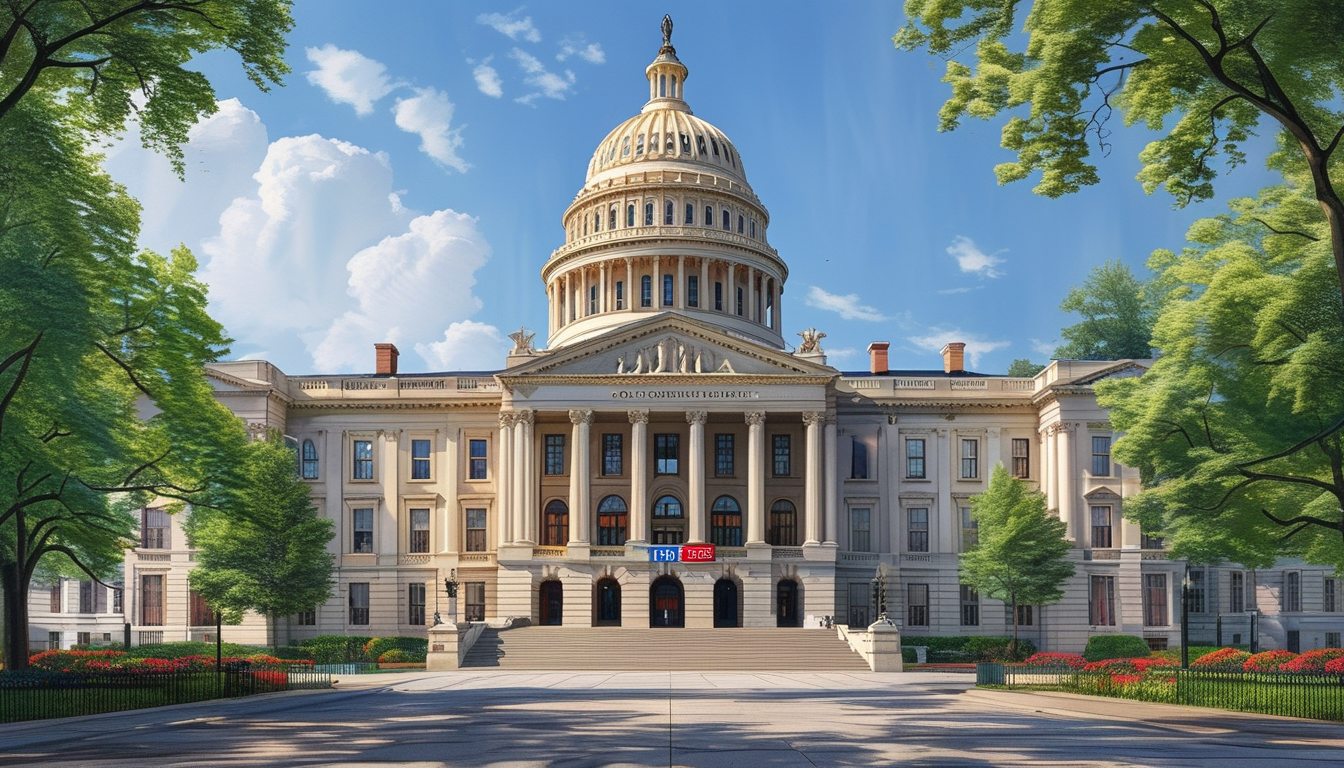
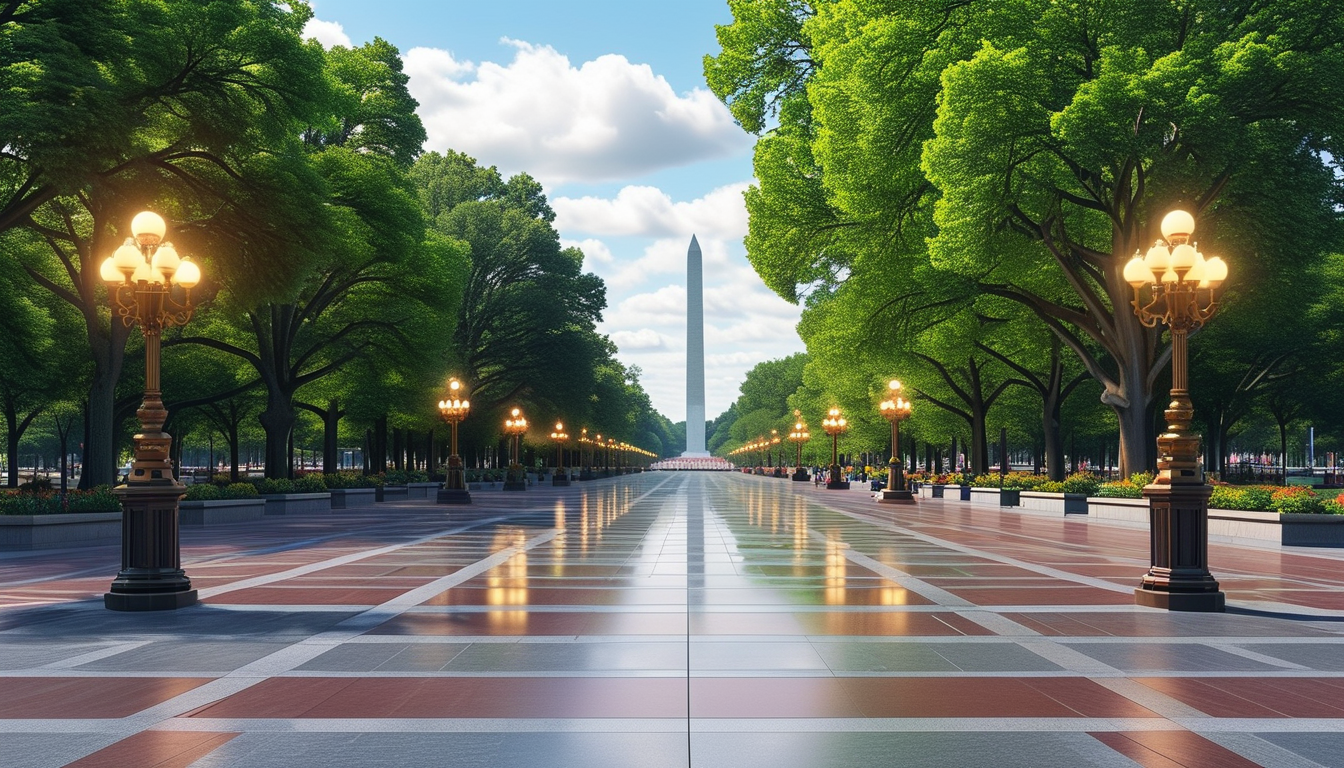

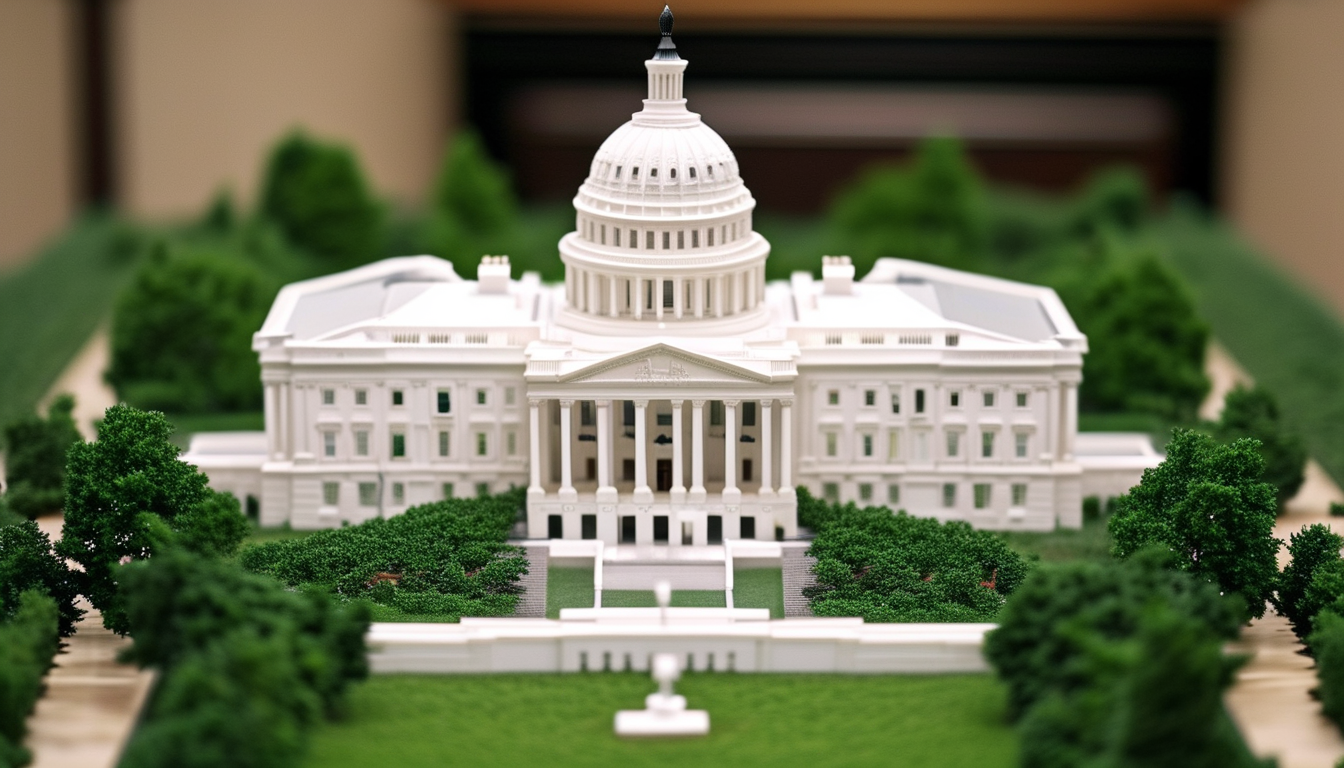


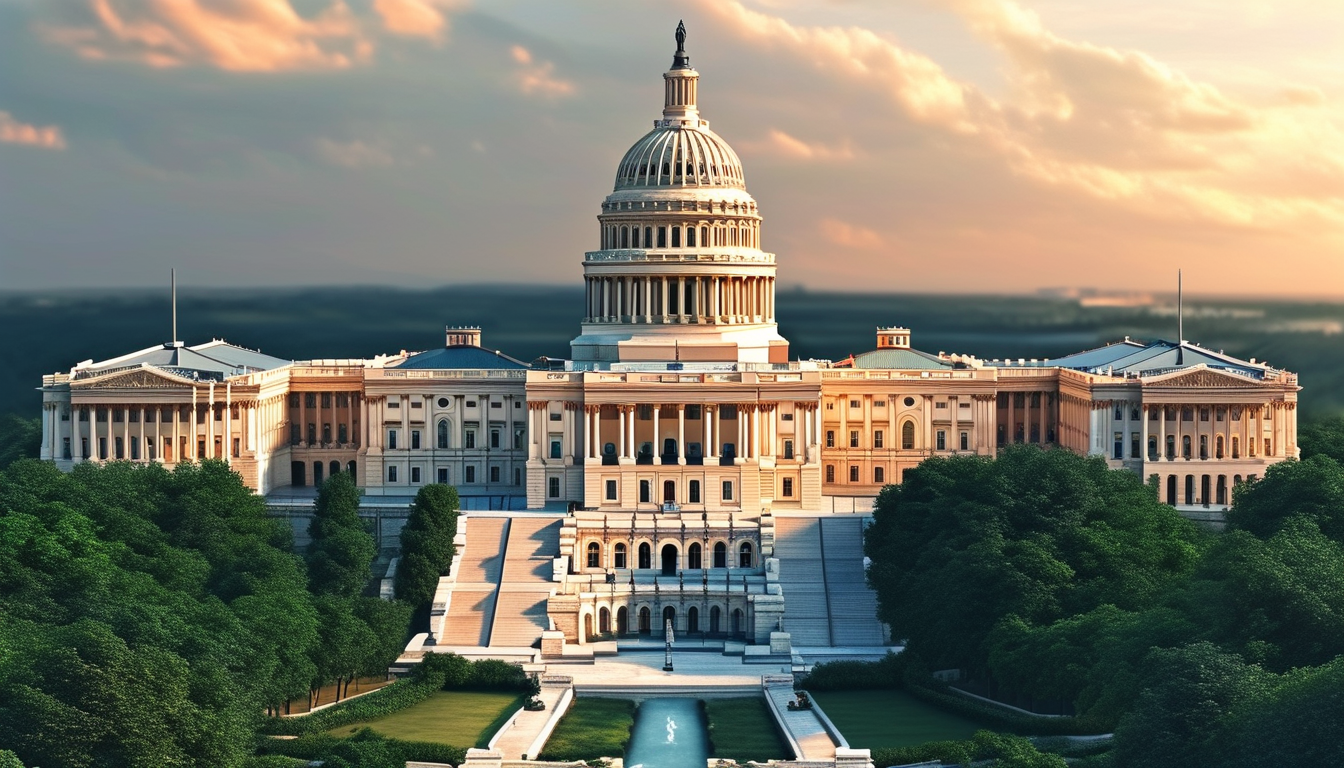

Leave a Reply